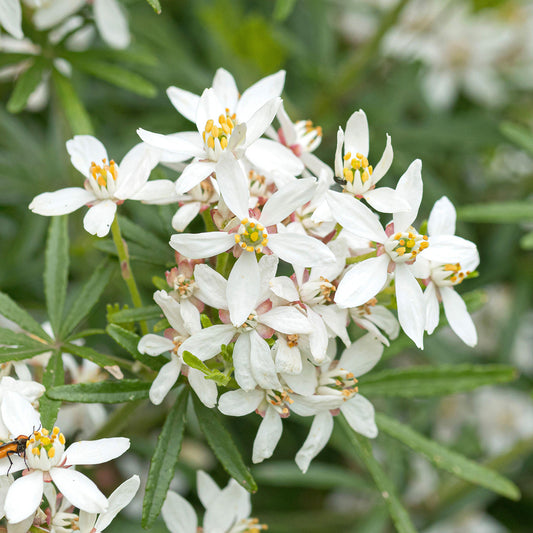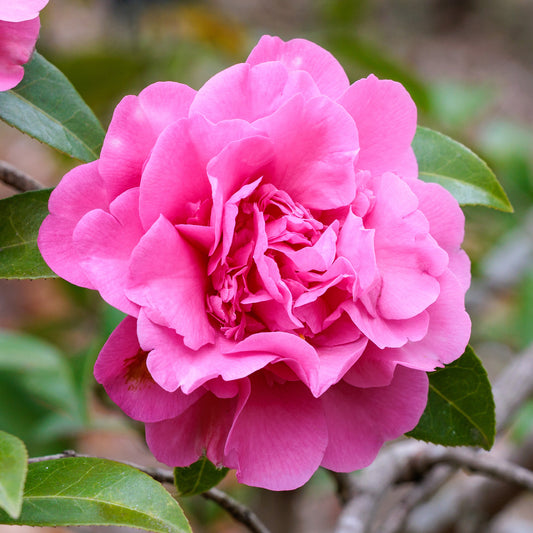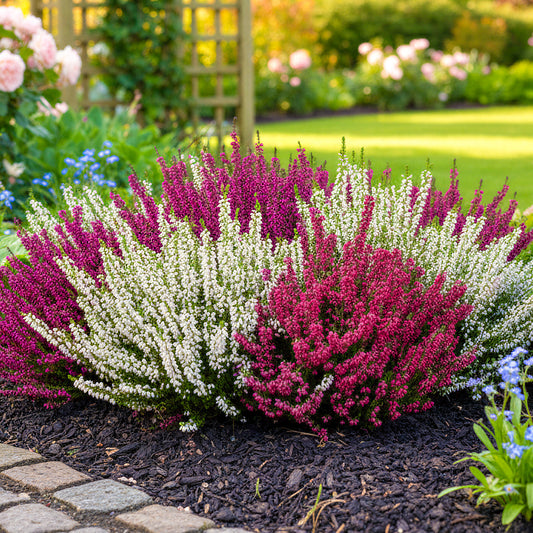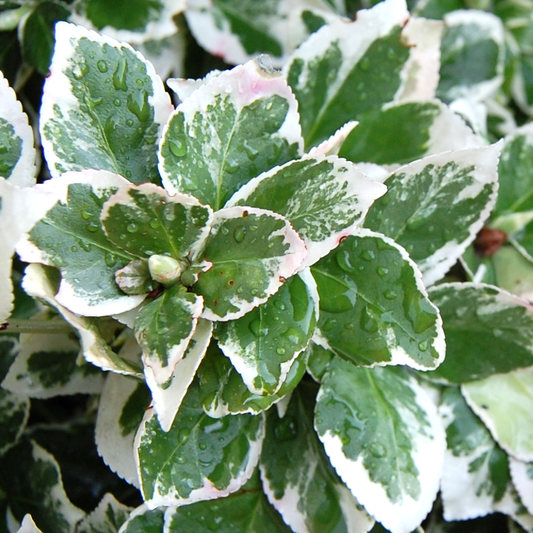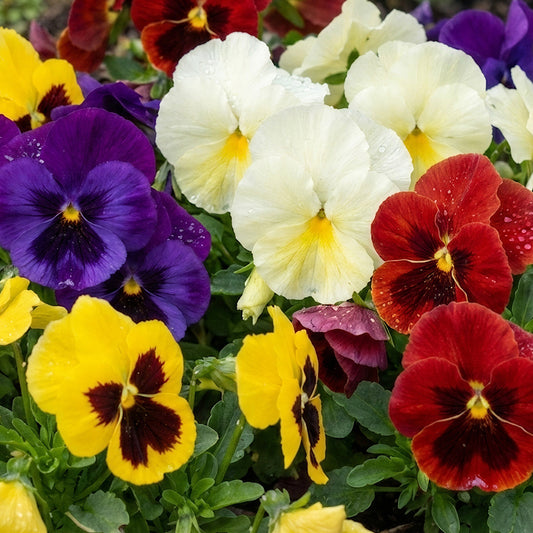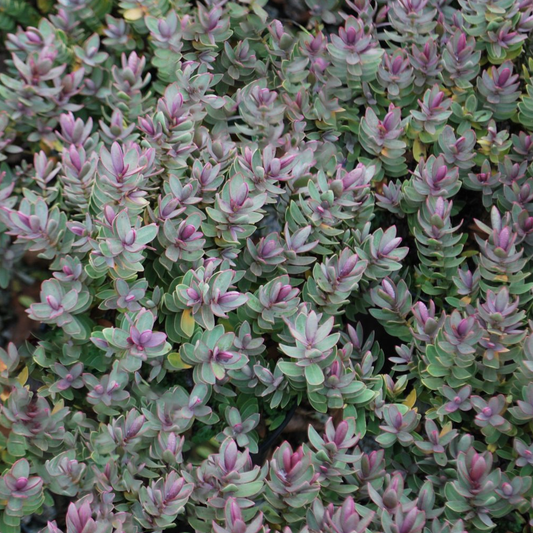Product description
Instantly recognisable and incredibly easy to grow, Digitalis Dalmatian Cream is a classic cottage garden plant, growing well in flower beds, borders, and pots. A low-growing rosette of semi-evergreen, toothed, dark green, leaves make way for tall, upright spires of bell-shaped cream flowers dappled with deep purple spots around the throat. These blooms flower from June to August and are a magnet for pollinators, attracting bees and butterflies into the garden.
Position Foxglove plants in full sun or partial shade in moist but well-draining soil. Water regularly during particularly dry spells and deadhead spent flower spikes towards the end of the season unless you wish to harvest the seeds. Foxgloves are fast growing but short-lived perennial plants and are almost guaranteed to flower in their first year. This cultivar reaches an eventual height of up to 50cm and spread of up to 35cm.
Please Note: Images are for illustrative purposes only and designed to be a representation of the item(s) being sold. Depending on seasonality, deciduous plants may be supplied in their dormant state and without leaves. Plants may also be pruned back, lower than stated heights, to encourage new growth. This plant will be supplied in a growers pot.
Garden Plant Size Guide

Plants in larger pots can be multiple years older than their smaller counterparts with more mature root systems and foliage. This makes them able to thrive as a full size plant in your garden quicker than smaller alternatives.
The most common size of pot that garden plants come in are 9cm/1L/3L/5L this is in reference to the diameter at the top of the pot.
9cm potted plants still remain the most popular cost effective option though, they just may take a little patience to allow them to grow into full maturity once planted in your garden.
Plant specs, care guide & tips
Key features
Specifications
When to plant
| Jan | Feb | Mar | Apr | May | Jun | Jul | Aug | Sep | Oct | Nov | Dec |
|---|---|---|---|---|---|---|---|---|---|---|---|
Planting and period of interest times are general guidelines and may vary based on your location and conditions. For best results, consult local gardening resources.
Instructions
Top Tip
Digitalis prefers slightly acidic soil and benefits from a layer of mulch to retain moisture and keep roots cool.
How to Water
Water Digitalis regularly, keeping the soil moist but not waterlogged. Ensure good drainage to prevent root rot. Water deeply at the base of the plant to encourage deep root growth.
How to Plant
Plant Digitalis in well-drained, fertile soil in a location with partial to full sun. Space them about 30cm apart. Dig a hole slightly larger than the root ball, place the plant in, and backfill with soil, firming gently around the base.










